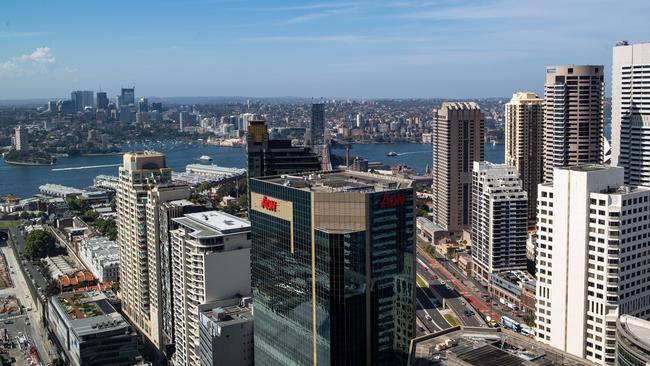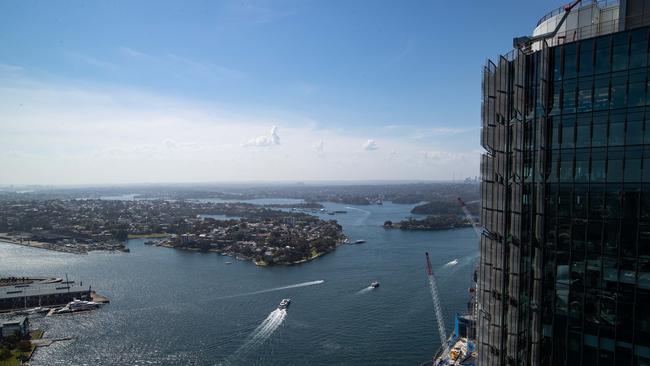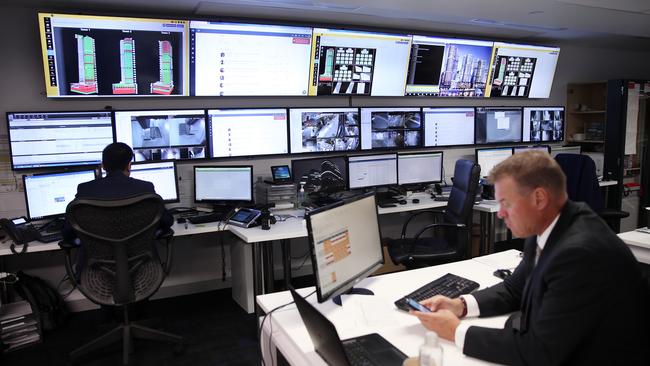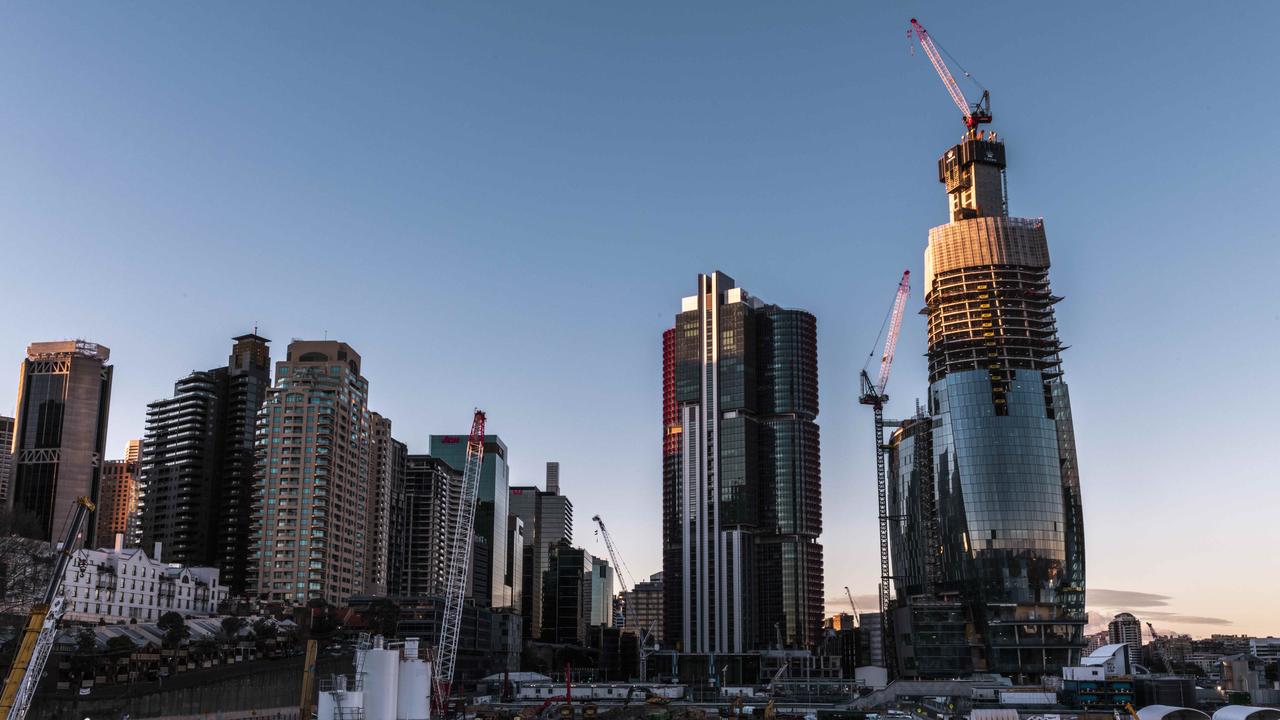Chris Johnson: Let’s be a true world city
Every planning expert agrees that the NSW planning system is the worst in Australia if not the world.
Every planning expert agrees that the NSW planning system is the worst in Australia, if not the world. Fundamentally, planning is about the future but we have let the protectors of the current suburban form of Sydney determine the shape of the future of the city.
Just imagine if Joseph Fowles, who developed a diagram of Sydney’s George St in 1848, could see George St now. Fowles’ 1848 elevation of George St had nothing over two storeys high.

MORE BRADFIELD:
Sydney’s future tangled up in red tape
Seven shocking examples of red tape in Sydney
Why The Block team won’t film in Sydney
Our shining jewel is in need of a little polish
Yet George St today has towers up to 60 storeys high and even the radical General Post Office of 1890 was seen as being too tall in its day at about eight storeys high.
The message from Fowles is that cities grow and change and that is what makes them different to the rural villages in the country where change is slow.
To ensure a city grows to match or outperform neighbouring cities, the urban fabric will change.
Sydney is at the threshold of greatness as a global city. We could have a major impact on the rest of the world well above our weight but a growing anti-development attitude towards our growth could move us down the global rankings just as we are about to achieve an economic boost that helps everyone.
To move to the big picture future needs a regional approach to governance. An example is Mike Baird’s commitment to selling the poles and wires to fund urban infrastructure such as metro rail.
But we seem to be moving away from that vision by suggesting migration is halved, development plans are being shelved and the maintenance of local character is now driving planning — so the new must look like the current character.

Within this framework, councils have no incentive to support change or growth. Councils such as Canterbury-Bankstown can take an average of 600 days to determine projects over $30 million.
That is two years of holding costs for a developer that adds millions of dollars to project costs that simply transfer to the cost of each new home.
The planning culture in Sydney’s councils is that slow decision-making is better than fast and the way to justify this is by involving communities, particularly those against change.
At planning panel meetings, 20 protesters get three minutes each to complain, giving them 60 minutes, while the applicant is allowed only three minutes to present their case.
Clearly the so-called independent panel will be overly influenced by the emotional rhetoric from community members and will often decide against a project that complies with all the rules.
Even if a project gets through this stage it must negotiate with roads, transport, environmental and bush fire authorities before an outcome is known.

The end product of Sydney’s inefficient and slow planning system is that housing costs go up due to excessive delays, and that innovation is minimised as tick-the-box guides become interpreted as rules.
The former governor of the Reserve Bank of Australia, Glenn Stevens, in a report to the NSW government on housing affordability raised concerns that future residents had no input into the planning system yet their lifestyle may be quite different to that of existing residents.
Stevens called for more advocacy on behalf of future residents and more government leadership about the future form of the city.

Planning is essentially about the future and the approval system must support change.
The state government must take a stronger role on behalf of the future and not take the easy path of delegating to local councils who are only interested in the present with little concern for the future.
Melbourne and Brisbane, through their state governments, have simpler and more efficient planning systems with far less red tape than Sydney has.
We need to learn from our neighbouring cities to ensure that Sydney remains as Australia’s global city.
Chris Johnson is CEO of Urban Taskforce Australia.


